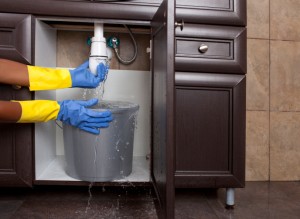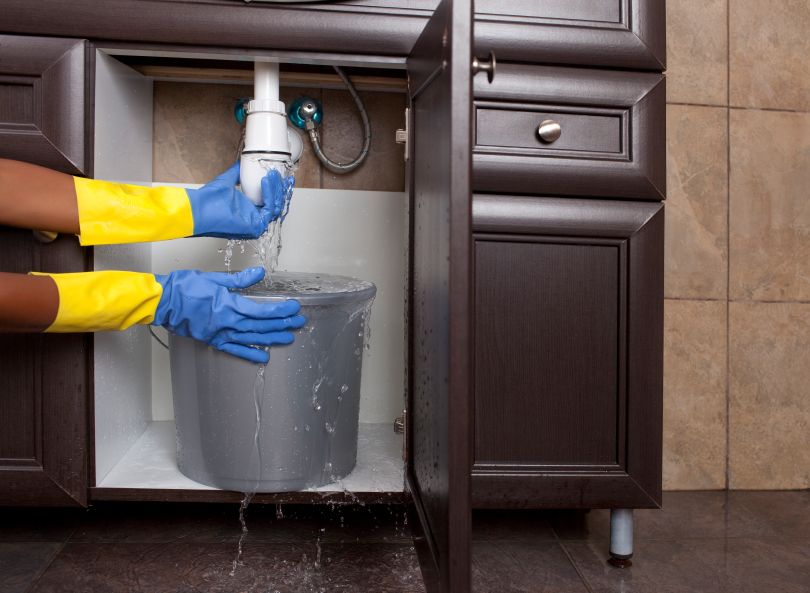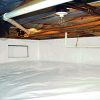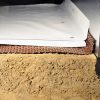Get set to respond quickly and safely to your next extreme water event
 Mother Nature certainly plays a role in exposing our homes to water damage, with floods and hurricanes occurring with greater frequency. But there are plenty of other ways for water to wreak havoc, too –with leaks, burst pipes, overflowing toilets and other plumbing emergencies. No matter what the cause of an “extreme water event,” you can minimize property damage by responding quickly, safely and effectively. Here are some tips to help you do just that.
Mother Nature certainly plays a role in exposing our homes to water damage, with floods and hurricanes occurring with greater frequency. But there are plenty of other ways for water to wreak havoc, too –with leaks, burst pipes, overflowing toilets and other plumbing emergencies. No matter what the cause of an “extreme water event,” you can minimize property damage by responding quickly, safely and effectively. Here are some tips to help you do just that.
- Know how to turn off the water. What happens if your toilet is overflowing, if your water heater has sprung a leak, or if the rubber supply hose for your washing machine has burst? Every one of these fixtures has its own supply line(s) controlled by lever or knob-type valves. Learn where these valves are located so that when a leak or other malfunction occurs, you won’t lose time shutting off the water supply. Less obvious valves (for the main supply line, the water softener or filter, the water heater) deserve tags to make them more visible.
- Get the right gear. If you have a basement that’s likely to flood, keep a pair of rubber boots and a good flashlight close at hand. If there’s water on the basement floor, rubber boots won’t just keep you dry; they can also provide protection against electrical shocks. SAFETY ALERT: Coming into contact with an electrical switch or any electrical device while standing in water can cause shock or electrocution.
- Better your basement. Part of a basement’s job is to provide plenty of storage space, but stowing your stuff on the basement floor is playing with fire –I mean water. You’re much better off installing heavy-duty utility shelves, and using them to keep possessions high and dry. My favorite utility shelves are the standard-and-bracket systems that mount on the wall.
- Take steps to avoid mold problems. Depending on where your plumbing emergency occurred and what materials got wet, procedures may be required to avoid a mold infestation. Acting quickly is important. You may need to contact a disaster recovery contractor with special drying equipment. In the basement, consider replacing mold-prone materials like carpeting, paper-faced gypsum board and wood paneling with inorganic materials that don’t retain water or become mold food when wet. Basement Systems has an excellent selection of finish materials (flooring, wallboard, insulation) that can’t be damaged by water and won’t support mold.







First vacuum the area and then employ a stain remover on the damaged area; make sure you use environmental friendly products.
While most homebuyers have an inspection as component of their
due diligence when thinking about a new residence, most house owners
don’t think to routine an inspection when they are residing
in the household. Alviso provides a suggestions to prevent Common Tube Problems
service.